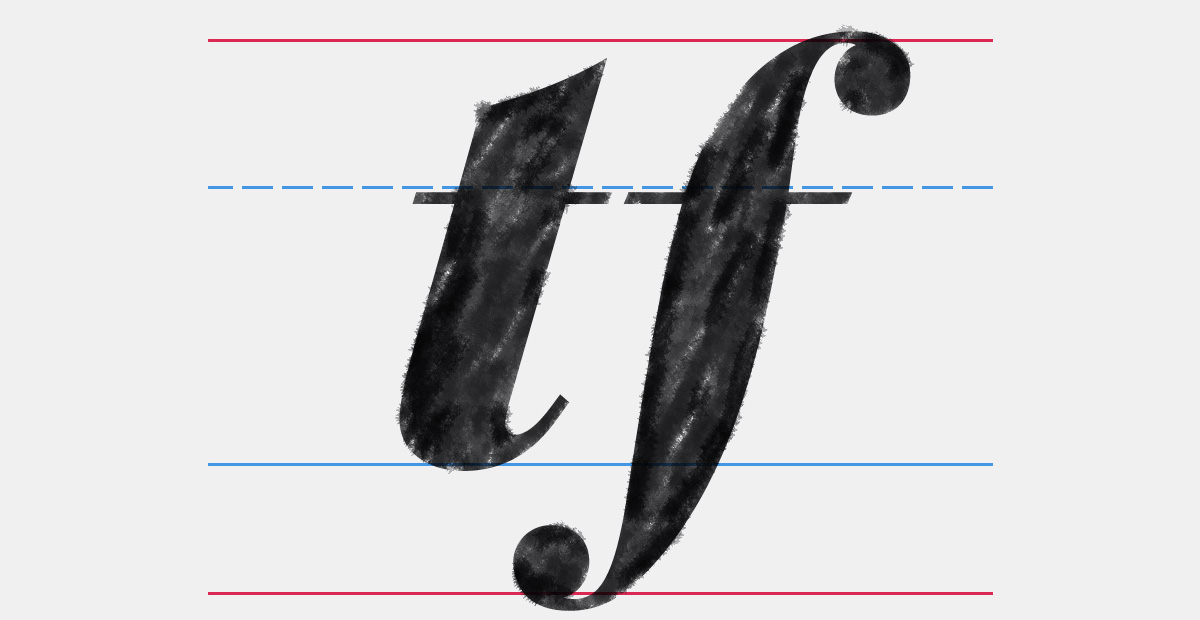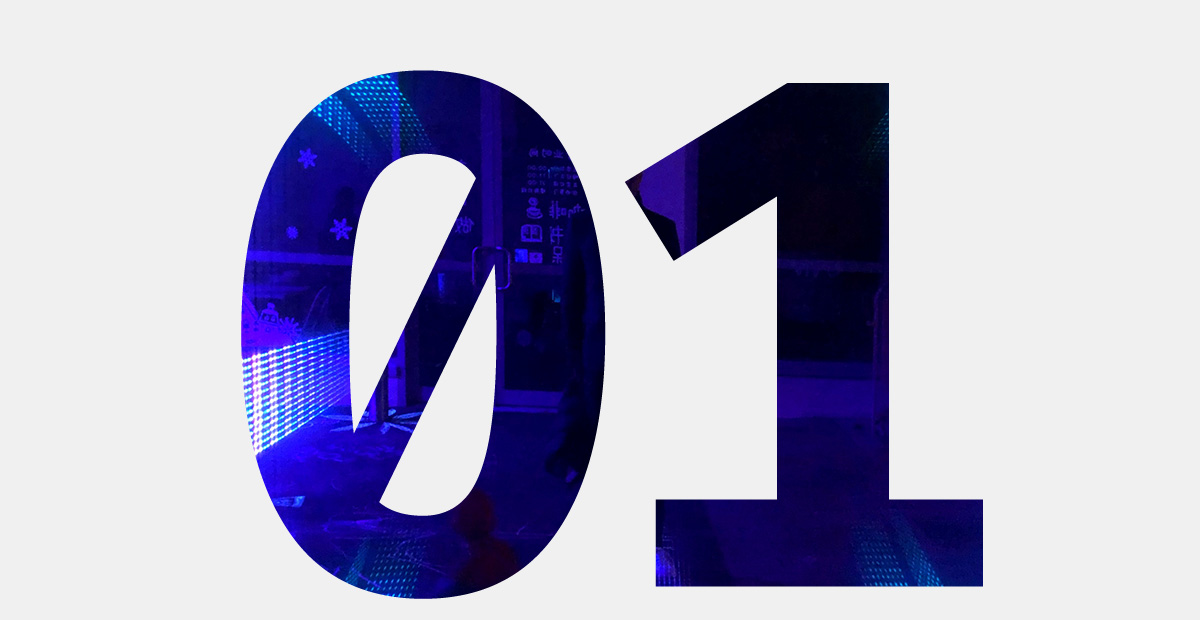Design for a challenge
With so many showcase sites out there, web designers today are quick at picking up new trends and styles. Designers influencing each other this way is nothing new, and while this, along with templates and frameworks help propagate a sense of sameness across modern web design, it also helps elevate visual standards and overall design language. My main concern however is that these design trends are often applied to all the same things.
When you are a young designer starting out you want a portfolio that looks sleek and sexy. So you turn to the things that are front of mind of any young designer; your sneakers and your headphones. They might not be your client yet, but who knows; maybe if you make a design that looks really good they’ll come knocking, showering you with free sneakers. Best part is that these things sell themselves. No need for lengthy descriptions or explanations. Just a name, price, and a shiny buy button will do. Minimalism at it’s best. Also, the products are easy to silhouette in Photoshop.

Now, I’m not here to crush designer dreams. If your goal is to design for Nike then work towards that goal. Goals are good. But chances are that as part of your career you will need to produce designs for someone other than a well known shoe brand.
Let’s take health insurance. There is no physical product to silhouette in PhotoShop. There are lots of things that need explaining, and moreover, convincing people they need it can be hard as hell. Not only do we need to cater for different user types having come to our web page based on different triggers, (typically a life event), but there would also be a range of business requirements. Even if you apply big, bold typography and tell a compelling story through parallax scrolling and clever animation, you still need to include disclaimers and other highly unsexy legal copy.
I have also seen some really nice re-designs of Netflix and IMDB. Definitely a fun area to stretch your design legs, but did you know that some major Hollywood stars has in their contract that their faces can not be obstructed by graphics. Yup, there goes your big fancy overlay typography. (For the NEON project we dubbed this the ‘Cruise-Clause’). And that is just one out of many business requirements you need to consider.
Designing shoe and headphone product cards can be a fun exercise, but in the absence of any rationale it’s mostly just visual masturbation. My point is that UX and UI design is about problem solving for both business and customer needs. If you can show that you have understood and designed for that while still making it sexy, then I’ll be truly impressed.




